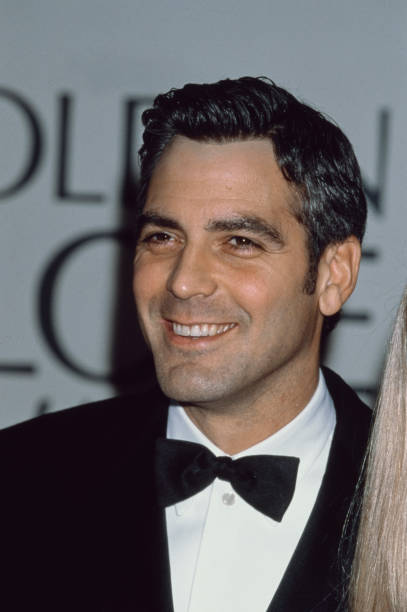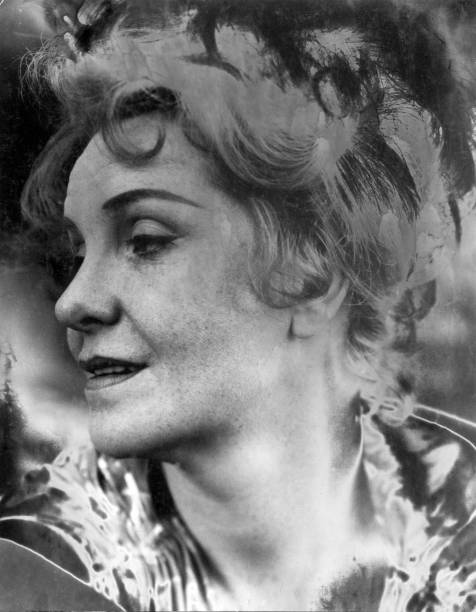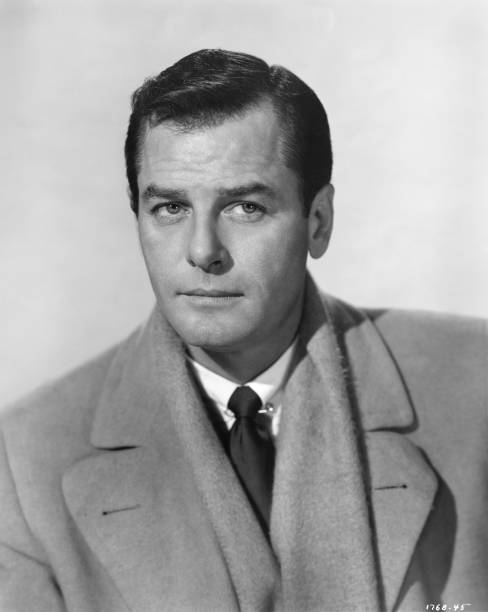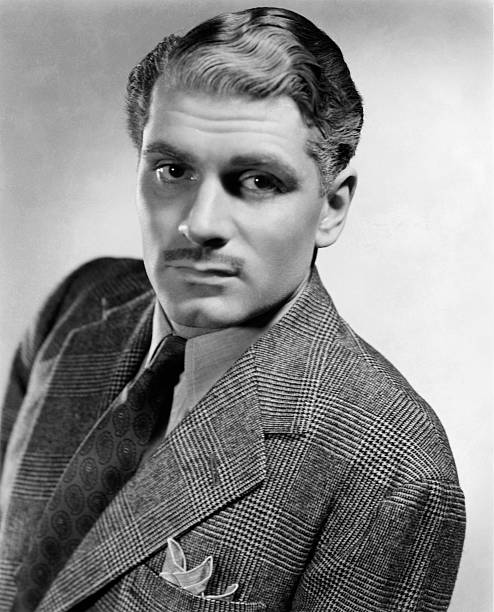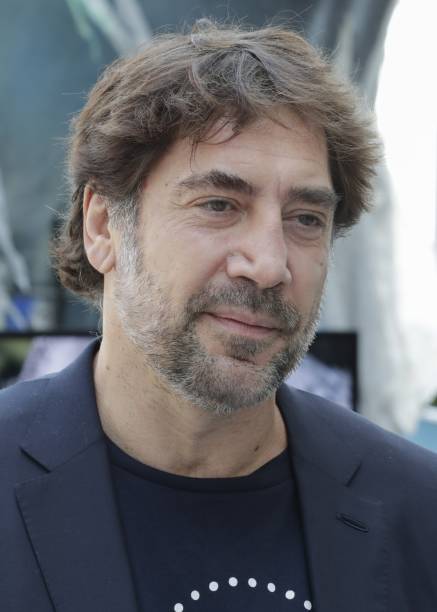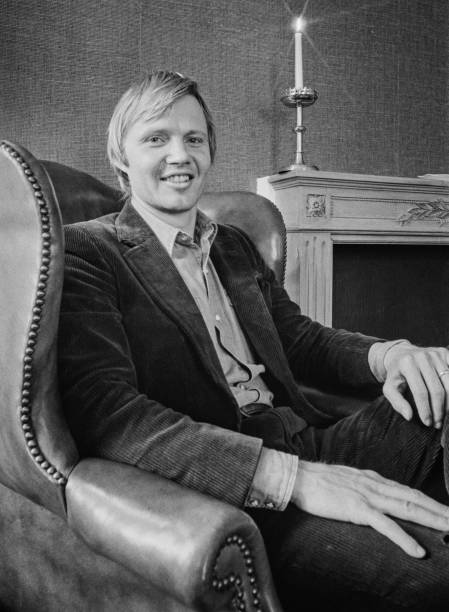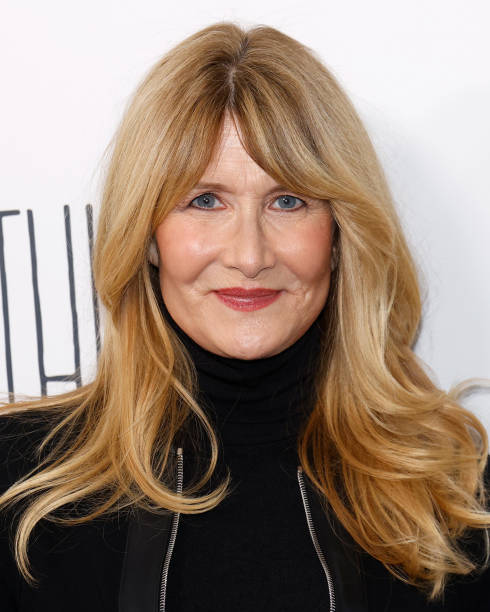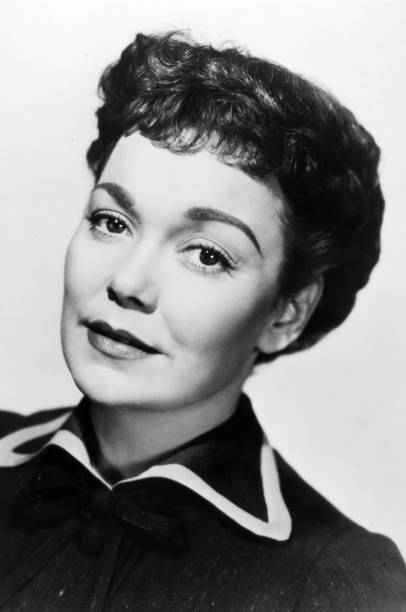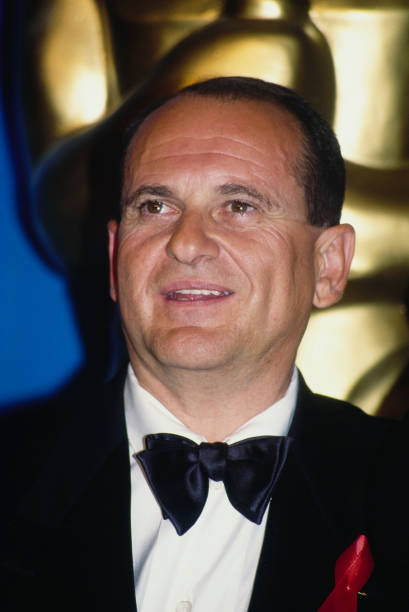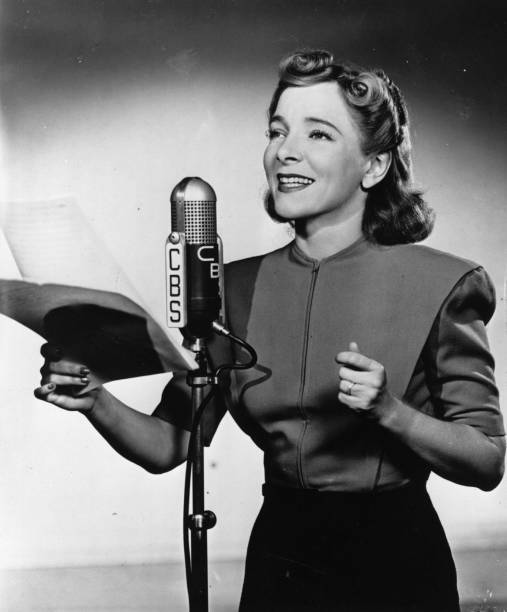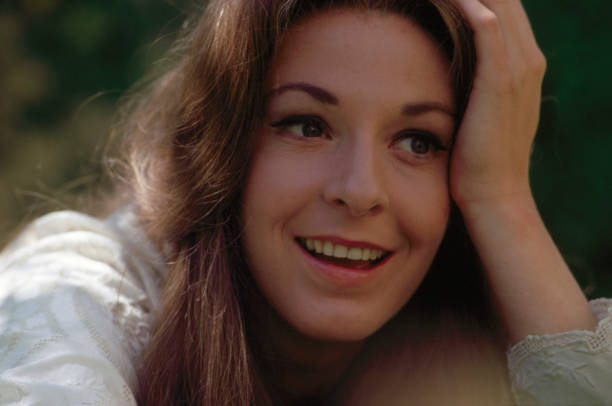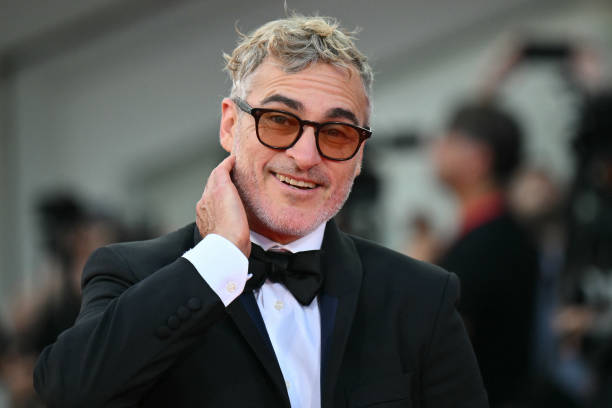Amancio Ortega Gaona is a Spanish billionaire businessman. He served as both the founder and previous chairman of Inditex, the fashion powerhouse best known for its Zara and Bershka apparel and accessory stores. Ortega has a net worth of $62.9 billion as of November 2022. This makes him the third-wealthiest person in Europe behind Bernard Arnault and Francoise Bettencourt Meyers, and the 18th-wealthiest person in the world. Briefly, in 2015, he was the world’s wealthiest man, surpassing Bill Gates as his net worth reached $80 billion when the stock of Zara’s parent company, Inditex, surged. He is the Ortega family’s head and the world’s second-richest retailer.
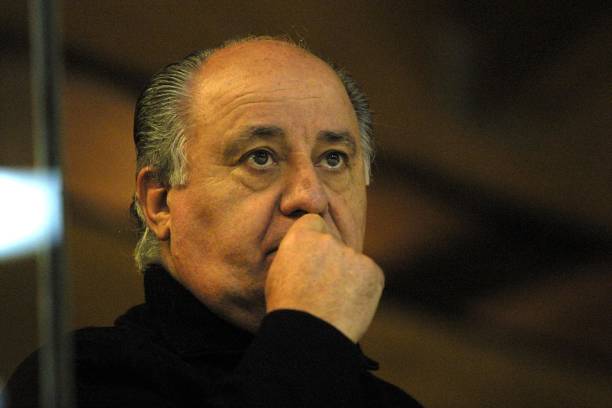
Early years
Amancio Ortega Gaona was born on March 28, 1936, in Busdongo de Arbas, a tiny community of fewer than 100 people in the northern Spanish department of León. He was the youngest of four siblings. The Ortega family relocated to La Corua, Galicia, Spain, surviving thanks to Amancio’s father’s employment at the local train station. They were housed in squalor at the railway employees’ quarters. The family’s poor condition forced him to drop out of school and begin working at the age of 14. Amancio Ortega worked as a store assistant at Gala, a nearby business where he initially began learning how to sew clothes by hand.
Early career
Ortega, the son of a railroad worker and a maid, never attended college. As a youth, he started his spectacular career at La Corua, Spain, the historic hub of the Iberian textile industry. When he was 13, he worked as a delivery boy for a shirtmaker who made garments for the wealthy. He eventually worked as an assistant draper and tailor. Ortega learned early on the necessity of providing items directly to consumers without the need for outside middlemen. This is after seeing firsthand how expenses rose as clothing migrated from designers to manufacturers to retailers. He would subsequently use a similar method with great success at Zara, seeking to control all stages of textile manufacturing to reduce costs while increasing speed and flexibility. As a result, he began creating comparable goods at lesser rates, sourcing cheaper fabric in Barcelona and hand-cutting pieces using cardboard templates. Ortega then sold his creations to local stores and utilized the proceeds to open his first business at the age of 27 in 1963.
Zara
Ortega launched his first Zara store across the street from La Corua’s main department store in 1975. He would become known for selecting the greatest sites for his stores. Zara quickly gained a reputation for offering high-quality designer clothing at moderate costs. The model had been successfully adopted by Gap in the United States and Next in the United Kingdom, but it was completely new in Spain. The enormous Corte Inglés and Cortefiel had dominated the midrange apparel market, but neither appealed to the young fashion sense.
Inditex
Zara became not just a globally recognized chain, but also the cornerstone of the holding firm Inditex, which he formed ten years later. In 2008, he remained the sole owner of the holding company, which comprises, in addition to Zara, the brands Stradivarius, Pull and Bear, Uterqüe, Massimo Dutti, and Oysho. All Inditex businesses operated on the so-called fast-fashion concept. Trend spotters picked up design ideas at fashion shows and in-house designers copied the best concepts. Then, Inditex’s efficient production processes created and delivered new clothes to retailers within a few weeks after they were shown on fashion runways. Inditex manufactured two-thirds of its clothes in Spain and neighboring countries at a time when other apparel manufacturers outsourced manufacturing to China and other low-cost places.
You may also find these articles helpful
How did Amancio Ortega Gaona become rich?
Amancio Ortega Gaona businesses
How did Ma Huateng become rich?
